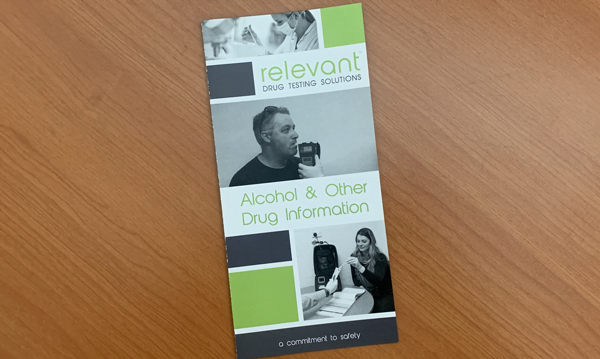“Awareness – you don’t know… what you didn’t know
… until you know you didn’t know!”
Whether we like it or not, misuse of alcohol, illegal drugs and medications are rife in society, and the workplace.
- Greater than 20% of Australians drink alcohol at levels deemed risky to high risk of harm.1
- 6.6% of Australians attend work under the influence of alcohol and 10.2% admit to consuming alcohol at work.2
- 31% of Australians aged 18-29 years admit to using illegal drugs.3
- Australians are the world’s highest users of Amphetamine type stimulants!4
A successful Drug and Alcohol Management Program (DAMP) requires strategic implementation into a workplace, so it becomes the culture, rather than another procedure which is implemented and forgotten.
Whilst there are many important components to DAMP implementation, education / awareness is the focus of todays blog post.
As an employer, you are able to make a significant difference in your workplace. You have a “captive audience” who can be instructed to attend alcohol and other drug (AOD) education / awareness sessions. These sessions can also have a positive impact on the health and safety of your employees outside working hours.
When employees are equipped with the knowledge to better monitor their use of AOD, with health and safety in mind, the benefits for your workplace are obvious.
Your employees can only comply with your workplace’s Drug and Alcohol Management Program (DAMP) if they are made aware of what is expected of them.
What topics are important for educating your employees?
- Alcohol is legal and a socially acceptable drug. It is often overlooked as potentially harmful to people’s health and as a risk in the workplace.
- What is a standard drink of alcohol?
- Alcohol metabolises slower than many people may realise, and it takes, on average, twice as long for women than men!
- Common painkillers are among the most widely misused drugs in the world.
- Managers must be trained to manage AOD misuse in employees and recognise the symptoms.
- Employees need to be supported via an Employee Assistance Program, and know how to access it.
References:
1, 2 & 3 – Australian Drug & Alcohol Foundation
4 – World Drug Report





